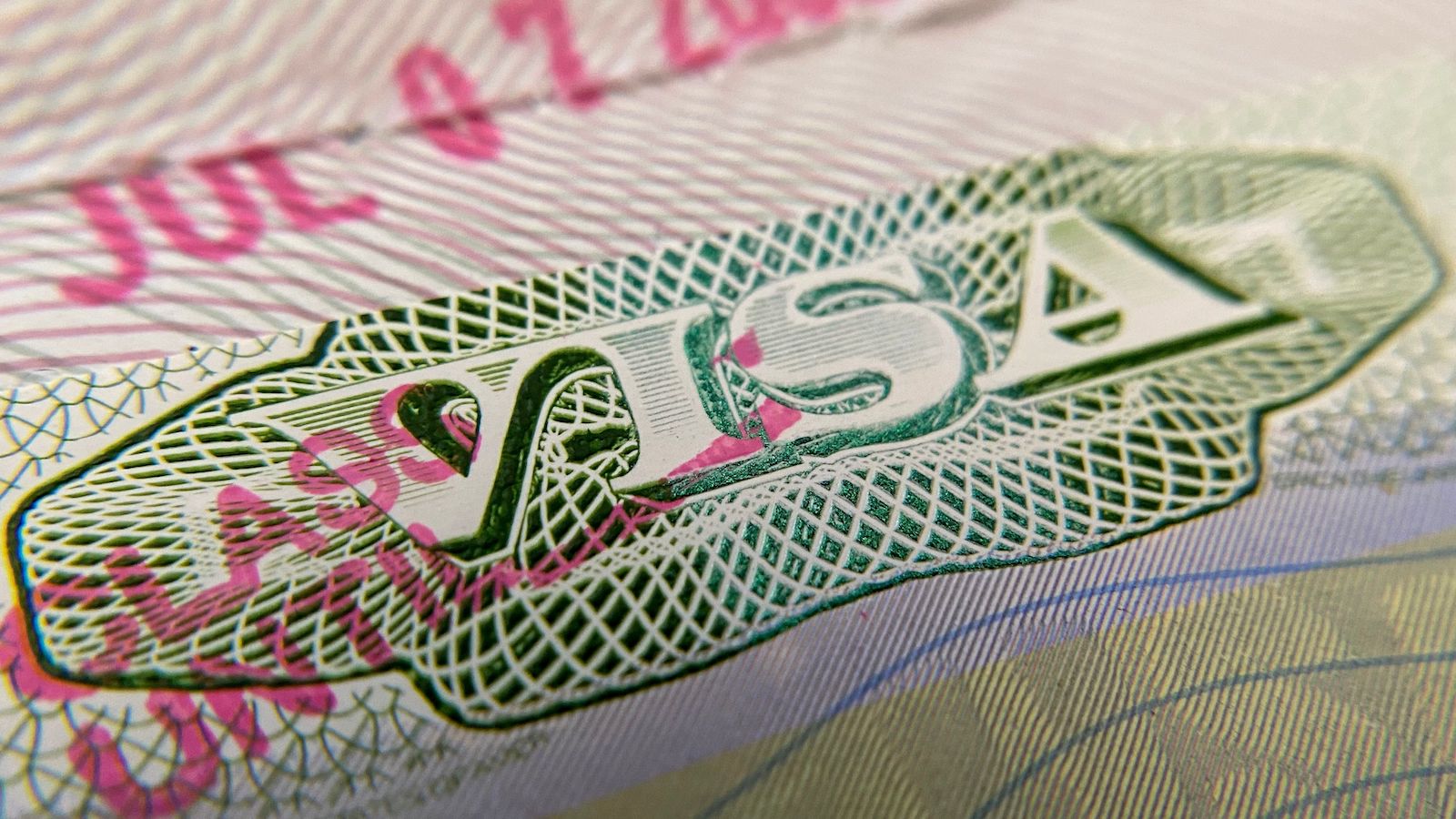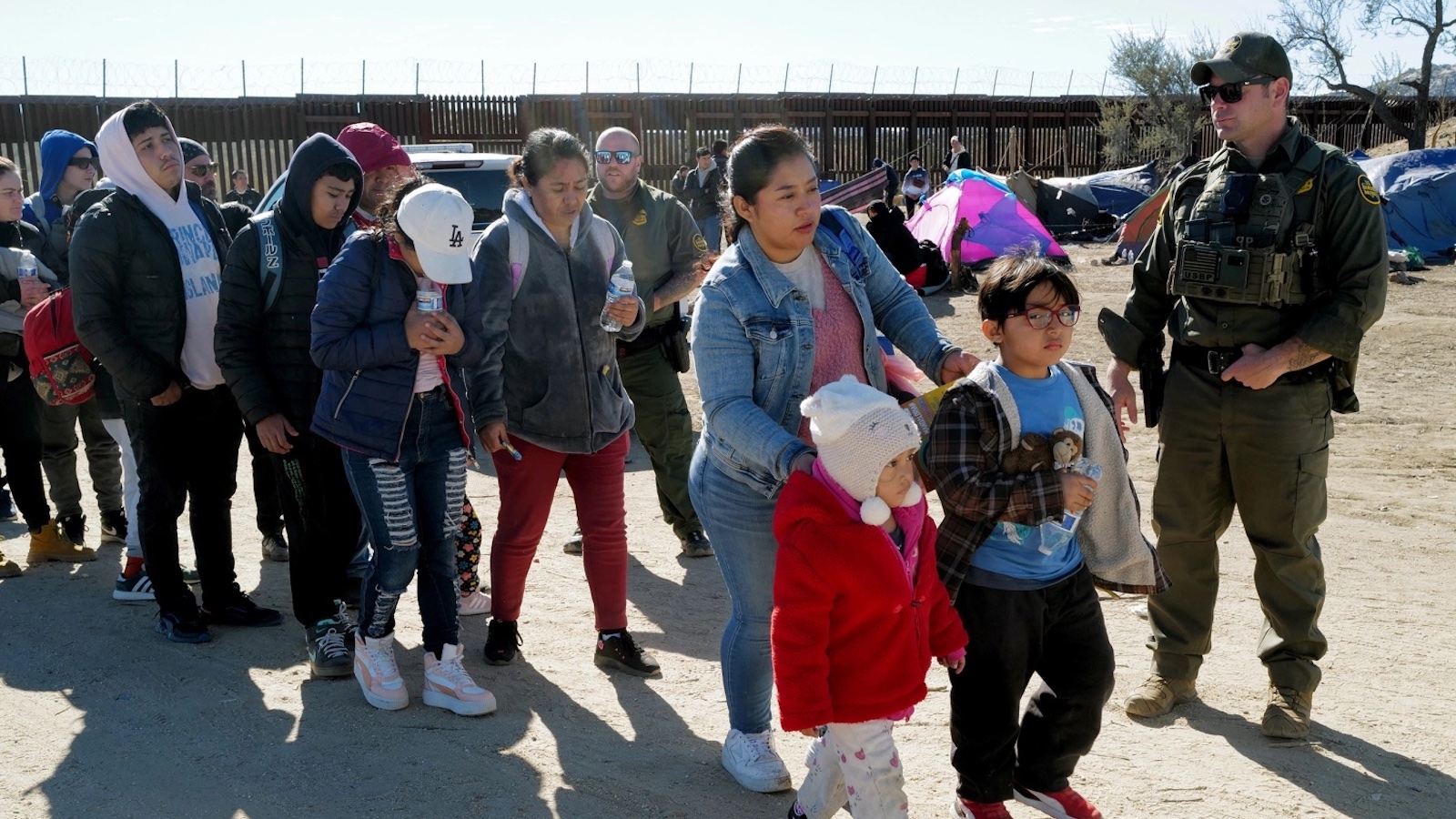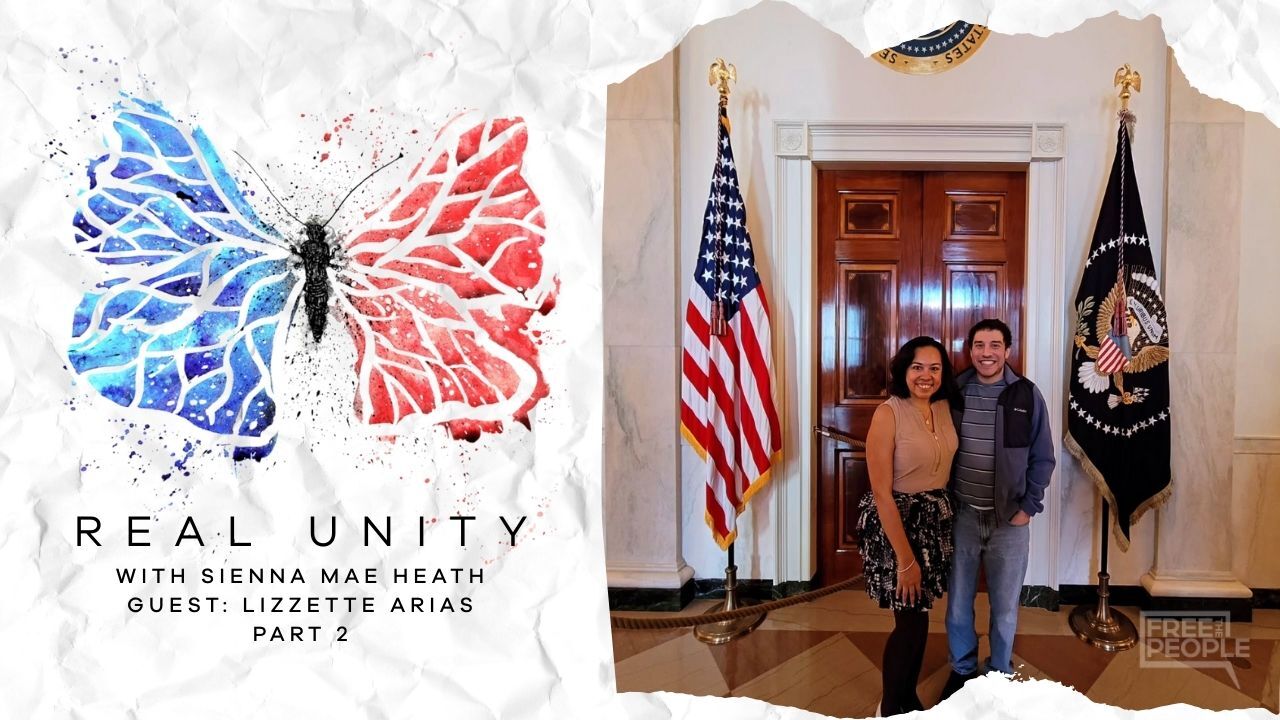
The U.S. Attracts Top Foreign Talent and Tells the Unlucky Ones to Go Away
Earlier this month, a U.S. court affirmed that spouses of H1-B visa workers can work while they wait for their green card. That’s good news for the circumstances of H1-B workers. But the fact that this was ever in jeopardy reveals a current of backward thinking in the United States.
Groups like Save Jobs USA, the organization that filed the lawsuit to try to revoke H1-B spouses’ right to work, find the pervasiveness of foreigners alarming, especially in the high-paying STEM fields. These critics think foreign workers steal jobs from Americans. While their desire to put Americans first is understandable, in reality foreign workers do not detract from the economy, they add to it.
We should be doing more to retain H1-B workers, not less.
I work in financial services as a credit risk strategy analyst. One of the things I appreciate most about my job is that my employer attracts top talent from all over the world. My international coworkers’ diverse perspectives, reputation for excellence, and enthusiasm for sharing both their expertise and culture make them a delight to have around. However, I didn’t realize how unnecessarily toilsome and flawed the H-1B visa sponsorship process is until some of them shared their experiences over lunch.
These are highly qualified individuals with specialized skill sets that are clearly in-demand, yet despite having jobs lined up and a company willing to sponsor them, there’s no guarantee they’ll be able to stay in the U.S. Their future, along with thousands of others’, quite literally hinges on the luck of the draw, and the odds of the H-1B visa lottery are not in their favor.
The H-1B program’s visa cap is due for a major update. Last set in 2004, the 65,000 H-1B visa cap, along with the additional 20,000 available to those with a master’s degree or higher, fails to meet the needs of the contemporary U.S. economy. In an attempt to manage the demand for H-1B visas that has consistently exceeded the quota, the U.S. Citizenship and Immigration Services (USCIS) introduced the lottery system in 2014. Ten years later with over double the application volume of 2014 and still no changes to the quotas, the H-1B program’s inadequacies have become increasingly dire.
In the application cycle for FY 2025 alone, 470,342 applicants submitted eligible registrations and entered the lottery for the H-1B visa, but only 120,603 were selected. In other words, 74 percent of applicants had to wait another year to reenter the lottery, find a different way to stay in the U.S. and retain their job offer, or give up their job opportunity entirely and take their talents elsewhere.
The failure to offer the H-1B visa to eligible applicants directly undermines the H-1B program’s intent to “help employers who cannot otherwise obtain needed business skills and abilities from the U.S. workforce by authorizing the temporary employment of qualified individuals.” Especially at such a large scale, this missed opportunity represents a massive opportunity cost—one most acutely felt in the STEM fields.
Foreign workers have long been an important source of talent in the highly technical STEM industries, which require large amounts of skilled labor. While disagreement exists over whether the U.S. labor market currently has a surplus or shortage of STEM workers at the macro level, foreign talent has proved itself a valuable supplement in pockets of the market where domestic labor fails to meet industry demand. Today, foreign workers can be and are a valuable part of the American economy.
Foreign talent plays a sizable role in the U.S. In 2021, 19 percent of all STEM workers in the U.S. were foreign born—over 7 million employees. These workers more than pull their weight. One study finds that while immigrants represent only 16 percent of all U.S. inventors, they produce 23 percent of total innovation output and exert a multiplying effect on the production of their domestic peers too. Moreover, these contributions are widespread across many sectors, generating over 25 percent of innovative output in the computers and communications, drugs and medical, electronics, and chemical sectors and 15 percent in more traditional technology sectors, like metal working, transportation, and engines.
Despite the substantial value foreign workers add to the American economy, many find the pervasiveness of foreigners alarming, especially in the high-paying STEM fields. These critics primarily worry that foreign workers steal jobs from Americans. Their desire to put Americans first is understandable.
In reality, however, the displacement of American workers by cheap foreign labor is unlikely because the sponsorship process for temporary working visas is specifically designed to prevent it. The Immigration and Nationality Act expressly orders the Secretary of Labor to “certify that there are not sufficient workers who are able, willing, qualified and available” and that “the employment of an alien will not adversely affect the wages and working conditions of workers in the United States similarly employed.” The Department of Labor enforces this through provisions that outline eligibility for H-1B visas and procedures employers must follow to verify their compliance.
Research supports the H-1B program’s benign impact on the U.S. labor market. One report found that fewer H-1B visas did not mean more employment for natives, indicating “low substitutability between native-born and H-1B workers in the same skill groups.” Conversely, an increased share of foreign-born workers with advanced degrees working in STEM occupations actually boosted the U.S.-born employment rate.
Failing to provide adequate channels for employing foreign skilled labor is leaving billions of dollars on the table. The U.S. should expand the H-1B visa cap to meet market demand and eliminate the lottery system instead of continuing to subject employers and talent to the luck of the draw. Ensuring access to external talent where and when it is needed must take precedence over clinging to arbitrary quotas.
Free the People publishes opinion-based articles from contributing writers. The opinions and ideas expressed do not always reflect the opinions and ideas that Free the People endorses. We believe in free speech, and in providing a platform for open dialogue. Feel free to leave a comment.




Fernando Phil
While the country benefits significantly from top global talent in STEM, healthcare, and entrepreneurship, its restrictive visa policies and annual caps on work permits leave many qualified individuals struggling with uncertainty or forced to return home despite their skills and contributions.
The discussion on H-1B visa limitations, green card backlogs, and the barriers created by outdated immigration policies is particularly insightful. Many professionals invest years into education and careers in the U.S., only to face lengthy processing times and legal hurdles that prevent them from staying long-term. These policies not only impact the lives of foreign workers but also hinder economic growth and innovation in key industries. Reforming the system to retain skilled talent would greatly benefit the U.S. economy and global competitiveness.
When I was navigating my U.S. visa application, I turned to GovAssist (https://govassist.com/), and their expert support helped me understand eligibility requirements, submit the correct documents, and avoid unnecessary delays, making my experience smooth and stress-free. Highly recommend their services for anyone seeking U.S. immigration assistance!